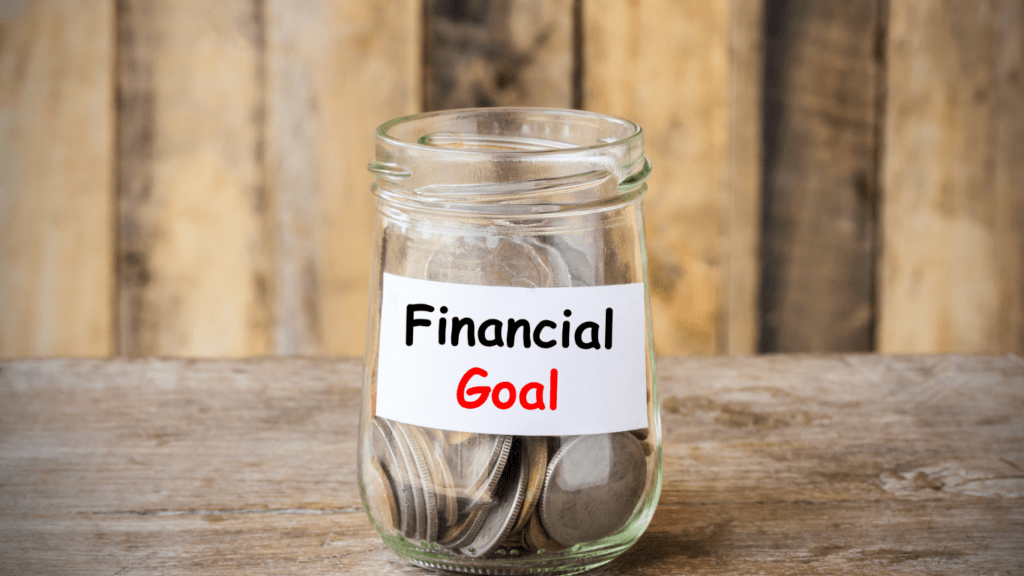Why Saving for a Down Payment Is Important
Saving for a down payment reduces total borrowing needs. A larger down payment decreases the principal amount of the mortgage, saving thousands in interest costs over the loan term. For example, a $20,000 down payment on a $200,000 home reduces the loan amount to $180,000, directly lowering monthly payments.
A sufficient down payment results in better mortgage terms. Lenders often reward higher down payments with lower interest rates or waived private mortgage insurance (PMI) requirements, making homeownership more affordable. For instance, a 20% down payment typically avoids PMI altogether, saving hundreds annually.
Financial preparedness demonstrates responsibility. Having the funds ready signals to lenders that you’ve managed finances effectively, improving approval chances. This preparation reduces the likelihood of overextending and being unprepared for the financial responsibility of homeownership.
Equity is built from day one. A significant down payment establishes immediate ownership, offering financial security and quicker access to home equity during emergencies or for future projects like renovations.
Setting Financial Goals for Your First Home

Establishing clear financial goals simplifies the process of saving for a down payment. I focus on understanding my target savings and creating a realistic plan to achieve it.
Determining How Much You Need to Save
I calculate my down payment goal by identifying the home’s price range. For conventional loans, I account for a 20% down payment if I want to avoid private mortgage insurance (PMI), but some mortgages accept as little as 3-10%. For example, a $300,000 home requires $60,000 for 20% or $9,000-$30,000 for lower-percentage loans. I also include additional costs such as closing fees and estimated moving expenses in my savings target.
Setting a Realistic Timeline
I divide my savings goal by the number of months until I aim to purchase the home. For example, saving $30,000 over three years means setting aside $833 per month. I identify opportunities to adjust this timeline by increasing monthly contributions or reevaluating my budget. If unexpected expenses arise, I revise timelines without losing sight of my long-term goal.
Smart Strategies to Save for a Down Payment
Effective strategies can simplify saving for a down payment. Focus on reducing expenses, increasing income, and building consistent savings habits.
Cutting Unnecessary Expenses
Reducing discretionary spending frees up funds for savings. I prioritize essential expenses like:
- housing
- utilities
- groceries
while limiting non-essentials such as:
- dining out
- subscriptions
- luxury items
For example, canceling a $15 monthly streaming service saves $180 annually. Creating a detailed budget helps identify and trim unnecessary costs.
Boosting Your Income
Earning additional income accelerates savings. I explore part-time work, freelancing, or selling unused items online. For example, a weekend side job making $200 monthly contributes $2,400 in a year. Tax refunds or bonuses can also significantly boost savings if allocated directly to the down payment fund.
Automating Your Savings
Automated systems ensure consistent savings progress. I schedule monthly transfers from my checking account to a dedicated savings account. For instance, transferring $500 every month over two years accumulates $12,000. Keeping savings in a high-yield account also generates extra growth through compound interest.
Exploring Alternative Savings Options
Exploring alternative savings methods can boost progress toward your down payment goal. Using non-traditional approaches opens opportunities for higher growth and enhanced financial support.
High-Yield Savings Accounts
I use high-yield savings accounts to grow my funds at a faster rate than traditional accounts. These accounts often offer annual percentage yields (APYs) of 3-5%, compared to an average savings account APY of 0.4% as of 2023. For example, online banks like Ally and Marcus frequently provide competitive rates. By depositing savings in one of these accounts, I earn more interest, which compounds over time. They’re also FDIC-insured, making them a secure option for storing down payment funds.
Investment Options for Faster Growth
Investing in diversified vehicles increases potential savings but carries risks. I allocate a portion of my funds into low-risk investments, such as index funds or bonds, because they offer stability with moderate growth. For instance, a balanced portfolio of stocks and bonds might yield an average annual return of 5-7%. If my timeline exceeds five years, I consider higher-yield options, like exchange-traded funds (ETFs) or robo-advisors. I calculate potential risks against the opportunity for growth to determine suitability.
Assistance Programs for First-Time Homebuyers
First-time buyer assistance programs reduce both time to save a down payment and financial strain. Programs like FHA loans require as little as 3.5% down, while USDA loans may not need any down payment. State-specific grants and forgivable loans, such as those from NeighborWorks or state housing finance agencies, provide additional funding opportunities. I research eligibility criteria, such as income caps and first-time buyer status, to identify which programs align with my financial situation. These options help me bridge the gap toward homeownership.




